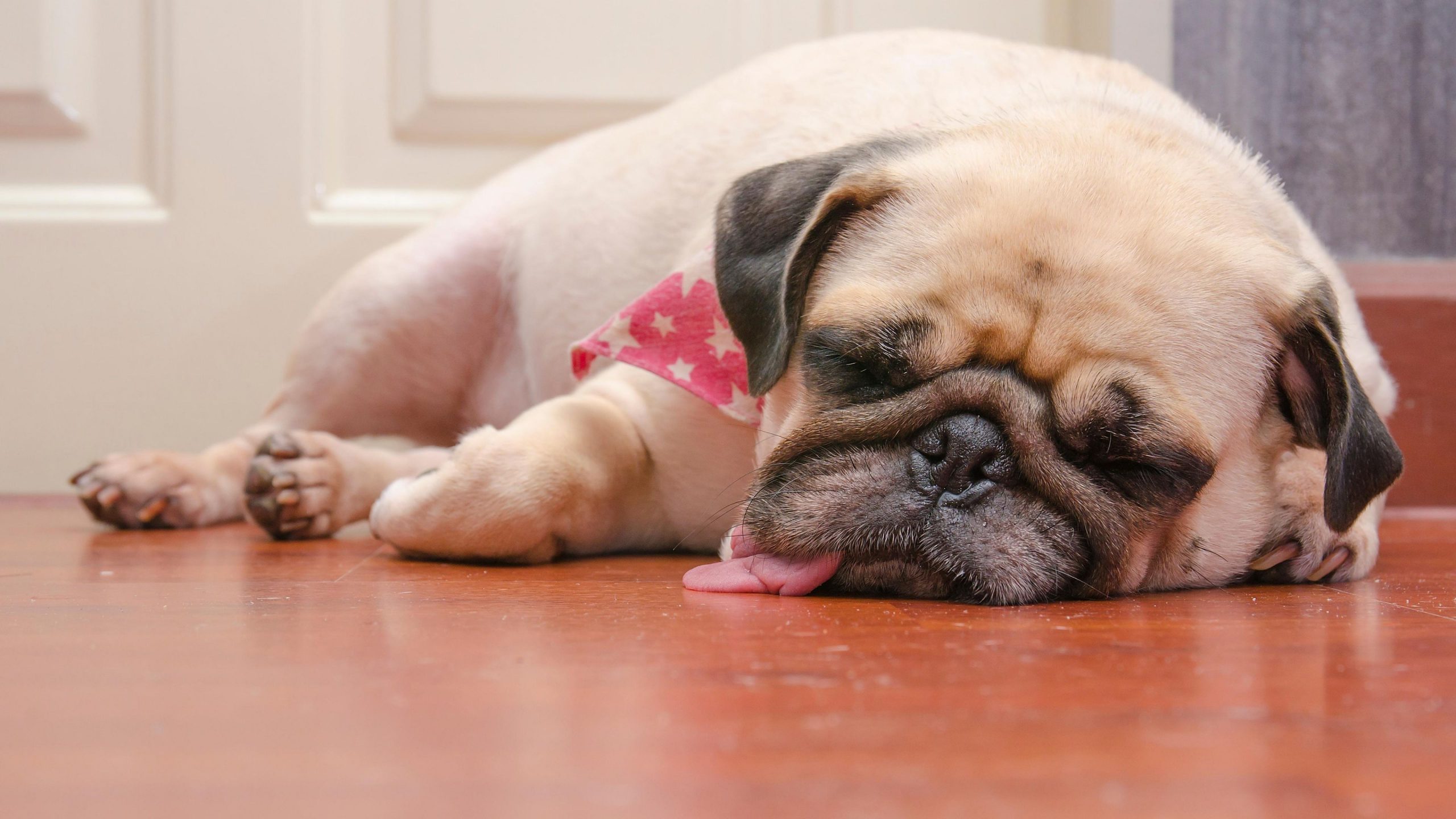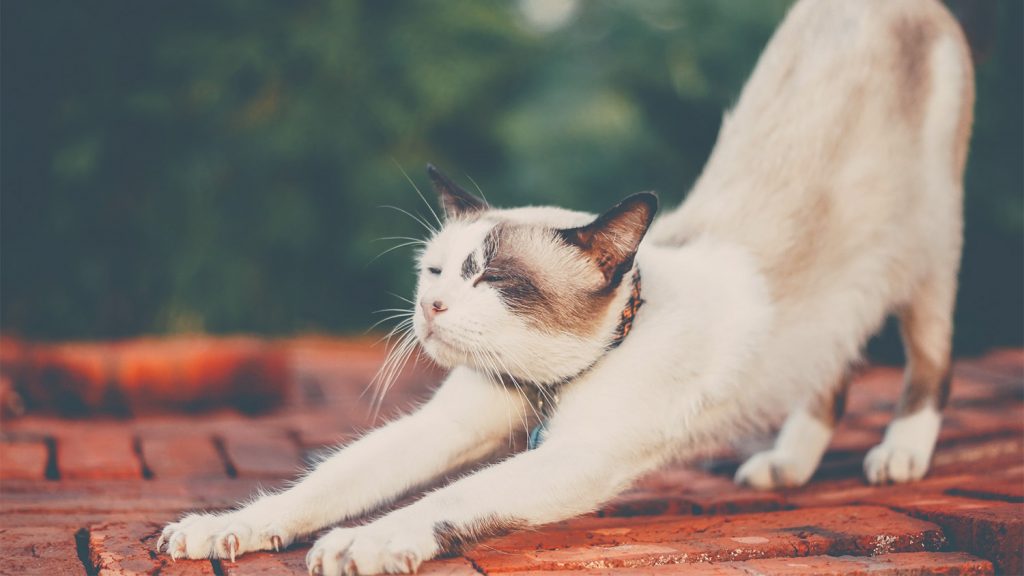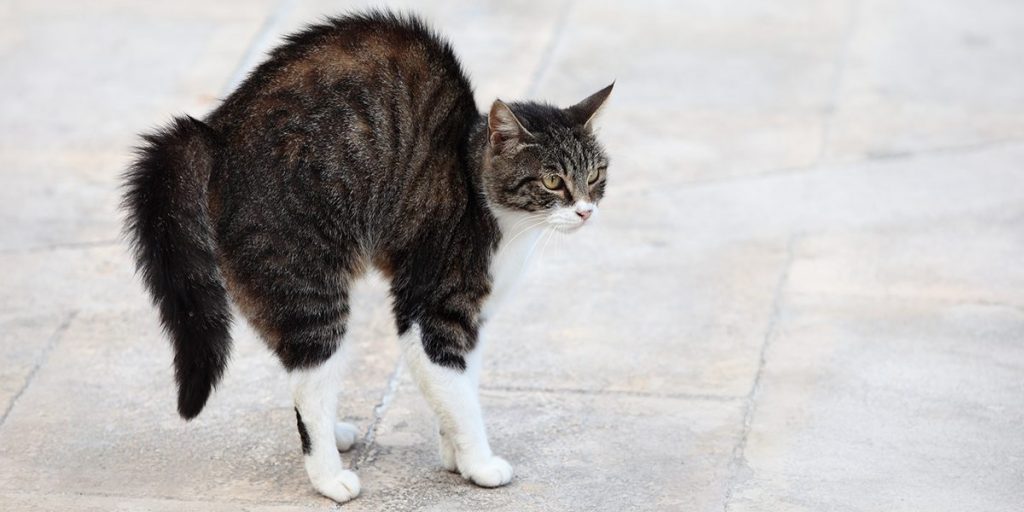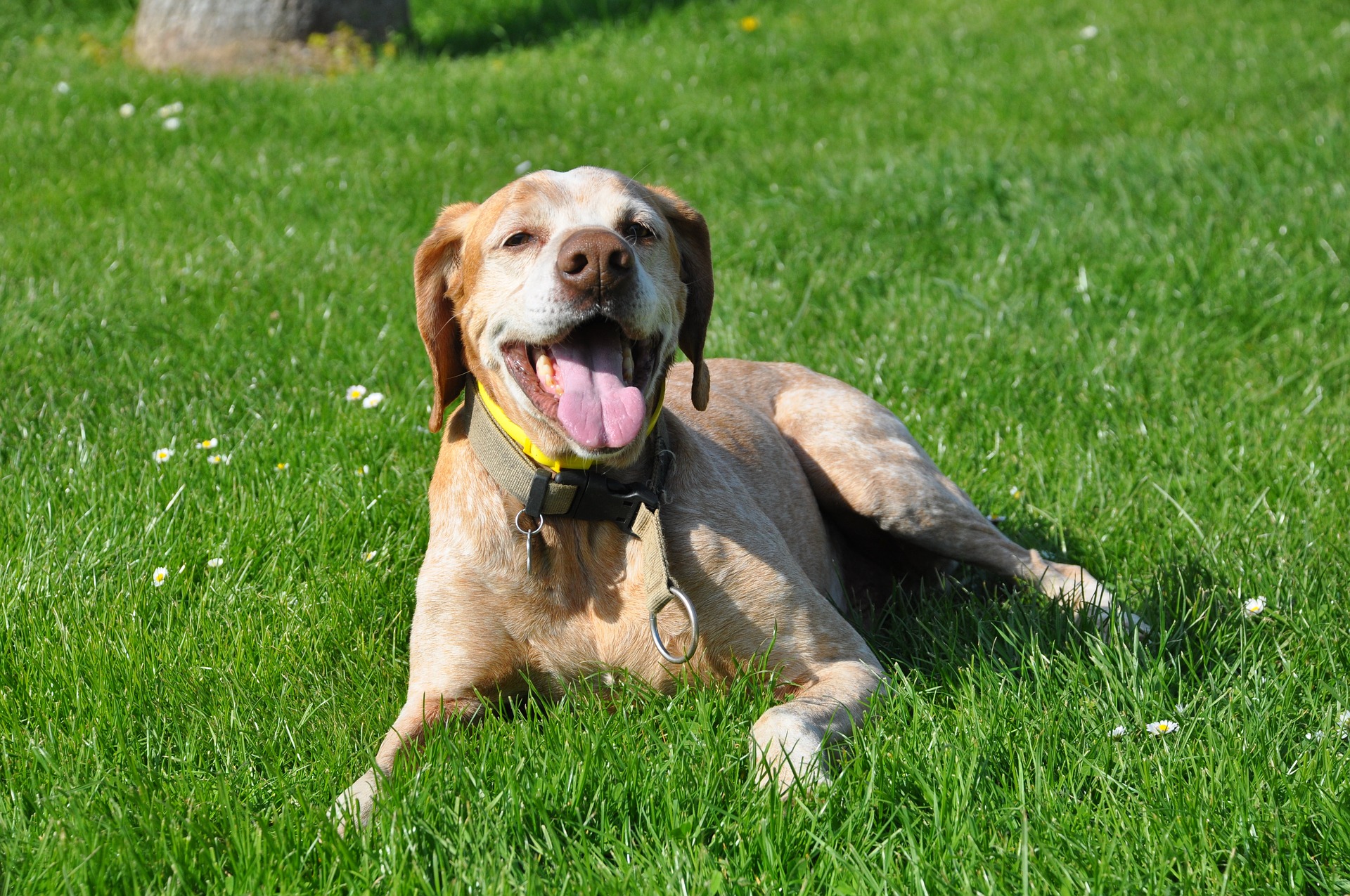
As a pet owner, we would want our furry ones to be healthy and stay a long time with us. Hence, we have to bring them to the vet to ensure that they are in good shape. However, not all pet owners know which vet is suitable for their pets. For this reason, we are going to introduce some vets in Singapore for your furbabies!
#1 Passion Vet
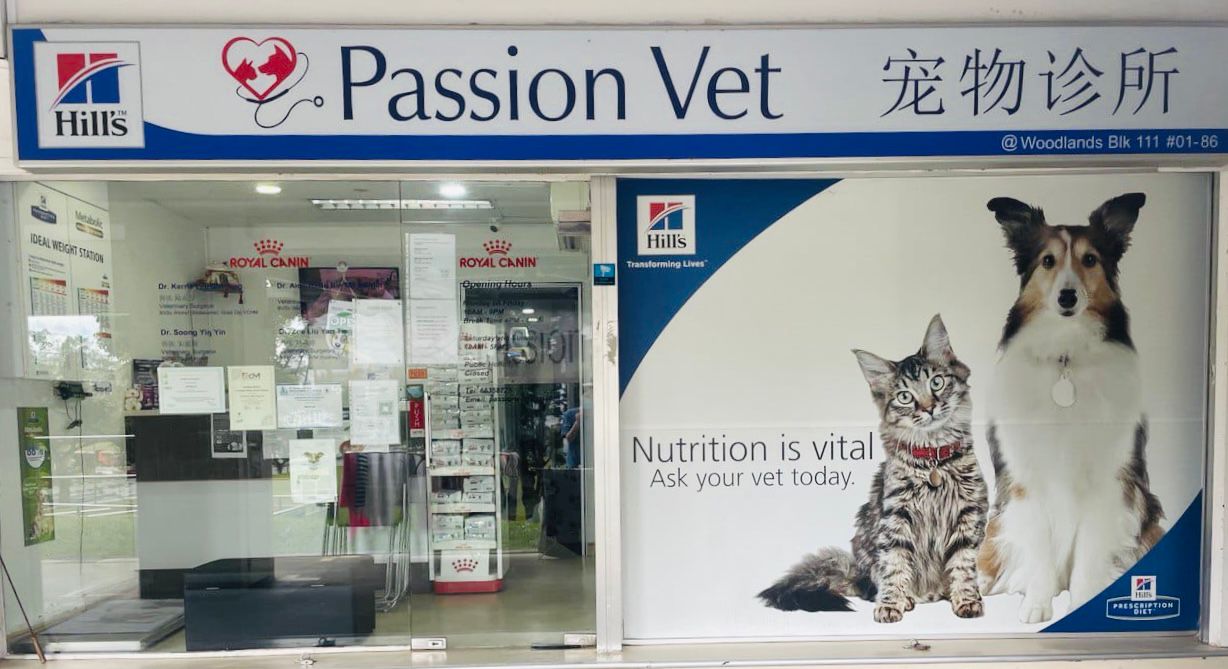
Passion Vet is the vet to go to if you follow the Chinese medical approach. Additionally, they are open daily which means you can drop by any day for your pet emergency concerns.
Main Services: Deworming, Acupuncture, Blood Tests, Dental Scaling, Vaccinations, Microchipping, Hospitalisation, Soft Tissue Surgery, and Ultrasound.
Address: Blk 111 Woodlands Street 13, #01-86, Singapore 730111
Contact Details:
- 66358725
- passionvet@gmail.com
Operating Hours:
Monday to Friday: 10:00 AM to 09:00 PM
Saturday to Sunday: 10:00 AM to 05:00 PM
#2 Pets Avenue
Pet Avenue is perfect for pets that are afraid of leaving their homes. They provide house call services done in the comfort of your own home. But, it is expensive as a consultation itself already costs $130.
Main Services: Hospitalisation Care, Dermatology, Dentistry, Internal Medicine, Nutrition, Consultation, Emergency Services, Surgery, and Home Visits.
Addresses:
- 8 Empress Road #01-11 Singapore 260008
- 50 Jalan Jurong Kechil Singapore 598578
- 193 Upper Thomson Road Singapore 574338
Contact Details:
- 64710111
- 63630333
- 62590555
- petsavenuevet@gmail.com
Operating Hours:
Monday to Friday: 10:00 AM to 09:00 PM
Saturday to Sunday: 09:00 AM to 05:00 PM
#3 Beecroft Animal Specialist & Emergency Hospital
Beecroft Animal Specialist and Emergency Hospital caters to a wide range of pets. They provide medical and surgical emergency and critical care, 24 hours a day and seven days a week. Furthermore, they provide patient transport services.
Main Services: Wellness Exams, Comprehensive Diagnostics, Spay and Neuter, Orthopaedic Surgery, Medical Grooming, Soft Tissue Surgery, Advanced Dental Care, and Nutritional Counselling.
Address: 991E Alexandra Rd, #01-27, Singapore 119973
Contact Details: 69961812
Operating Hours:
Monday to Sunday: Open 24 hours
#4 Oasis Vet Clinic
Oasis Vet Clinic is perfect for cat owners. It has been certified by the International Society of Feline Medicine. Furthermore, they have an open-door policy. Meaning you can either walk-in or make an appointment.
Main Services: Consultations, Health Screenings, Preventative Care, Blood Pressure Management, Skin Allergy Investigation, Eye Examinations, Surgeries, and Vaccinations.
Address: 15 Venus Rd, Singapore 574302
Contact Details: 62562693
Operating Hours:
Monday to Sunday: 10:00 AM to 08:00 PM
#5 Advanced Vet Care
Advanced Vet Care provides emergency services 24 hours, 7 days a week. Their screening services are in-depth and comprehensive. Furthermore, they offer cancer treatment services.
Main Services: 24-hour emergency services.
Address: 18 Jalan Pari Burong, Picardy Gardens, Singapore 488684
Contact Details:
- 6697 5322
- enquiries@advancedvetcare.sg
Operating Hours:
Monday to Sunday: Open 24 hours
#6 Amber Vet
Amber Vet offers chemotherapy and complicated surgical procedures. Meaning it can handle anything from the most serious medical issues.
Main Services: Vaccination, Consultation,Chemotherapy, Acupuncture, Surgery, Ultrasound, X-Ray, Dental Services, and Sterilisation.
Address: 50 Burnfoot Terrace, Singapore 459837
Contact Details:
- 6245 5543
- enquiry@ambervet.com
Operating Hours:
Monday and Thursday: 09:30 AM to 08:00 PM
Tuesdays, Wednesdays, Fridays, Saturdays and Sundays: 09:30 AM to 06:30 PM
#7 Vet@RV
Vet@RV is suitable for pet owners who are busy in the day as they provide night consultations. They are able to treat a wide range of pets, from cats to hamsters.
Main Services: Consultations, Dermatology, Surgical Services, Health Screenings, Wellness Checks, Vaccinations, Prenatal and Postnatal Checkups, Deworming, Microchipping, Blood Chemistry, and Dental Care.
Address: 78 Indus Road, #01-487, Indus Garden. Singapore 161078
Contact Details:
- 62710665
- 62710171
- VETatRV@gmail.com
Operating Hours:
Monday to Saturday (except Tuesday): 12:00 PM – 11:00 PM































